Cars That Time Forgot: Opel GT
Opel had a problem in the mid-1960: Its cars were terminally dull. Sure, the German company was far from unique in this respect, but unlike many of its rivals, Opel decided to do something about it, and that was to inject some sex appeal into the range.
The first signs of Opel’s ambitions were seen at the 1965 Frankfurt motor show, when the company unveiled an experimental coupe. Called simply ‘GT’, this rakish sportster was nothing more than a humdrum Kadett underneath (albeit with a Rekord engine), but ex-Corvette designer Clare MacKichan did a great job of coming up with the lines for Opel’s first two-seater sports car since 1924.

Despite constant denials, Opel planned all along to create a production version of the GT, but it kept its powder dry for several years, claiming that the GT was nothing more than a show car. However, everyone assumed that the concept would reach production in some form, probably with a fiberglass body shell, so it was no surprise when in 1968 the GT burst onto the scene in steel-bodied form, a year before Ford’s Capri did the same. While the Capri became an instant classic and lasted for three generations over a 17-year production run, the GT was killed off after just five years, and it is now largely forgotten.
Intended to be a sports car for the younger driver, and marketed with the slogan “The first common market sports car,” the Opel GT could be ordered with a 1078-cc engine that pushed out just 67 hp. But few chose this route. Instead, most went for the 1897-cc alternative that provided a marginally more enticing 89 hp. Even with this engine the GT was no ball of fire; it got to 60mph from stationary in a shade under 10 seconds and topped out at 112mph.
Up front there was independent suspension, while retractable lights (which swiveled into position) boosted the car’s sporting credentials. The floorpan, engine, gearbox, brakes, and suspension were all taken from the Kadett or Rekord, and while 1.1-liter editions had smaller brake drums at the back and a lower final-drive ratio, both models had identical bodywork and trim. Standard fare was a four-speed manual transmission, but 1.9-liter GTs could be ordered with a three-speed automatic instead.
As soon as the GT went on sale, it was a hit. Opel had planned to build 60 cars per day, but production quickly doubled, which was easier said than done. Parisian company Chausson produced the body shells, while Brissonneau & Lotz, also based in Paris, was commissioned to take care of body trimming and painting. When the GT proved to be such a hit, Opel had to lend a hand by also finishing cars in its factory in Bochum, Germany.
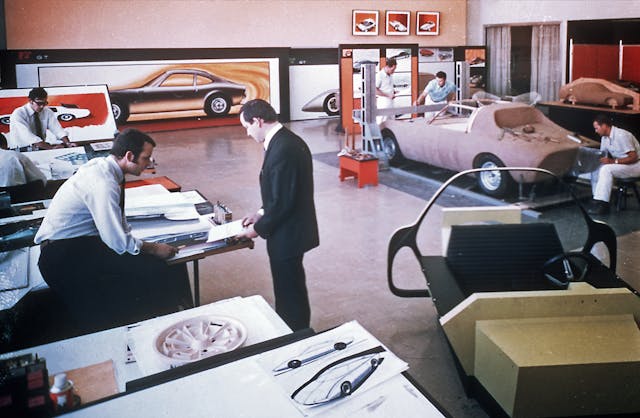
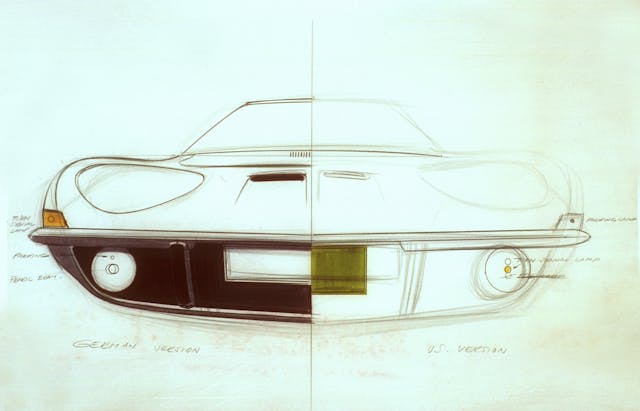
Part of the reason for the GT’s early success was its availability in the U.S., where it was sold through Buick dealers. Differences on the theme were minor between Federal and European variations; U.S.-spec cars usually lacked anti-roll bars and a heated rear window, for instance. European cars could be specified with a radio, three-speed automatic gearbox, fog lights, and a passenger-side door mirror, but available on both sides of the Atlantic was a ZF limited-slip differential, although not that many buyers paid the extra for one.
Although the GT was billed as a 2+2, the back seat wasn’t a place in which anyone would want to spend a significant amount of time. At a push you could just about squeeze one passenger in sideways, behind the high-backed front seats, and as if that wasn’t enough, there was no trunk lid or tailgate. Instead, any luggage had to be fed into the cargo area via the back seat. It wasn’t as though there was much carrying capacity anyway; the spare wheel took up most of the available space.
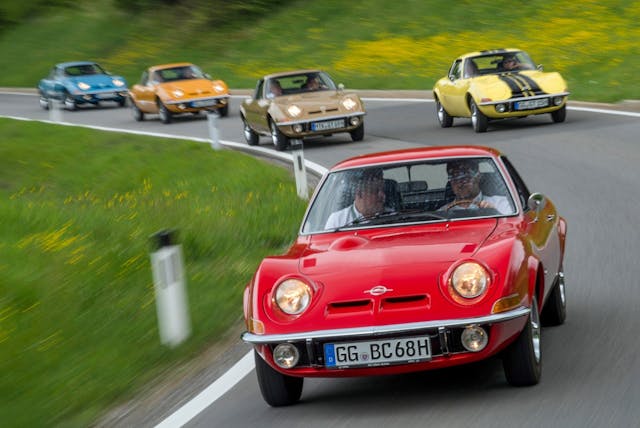
When Motor tested the GT in March 1969, writer Paul Frére noted: “The GT is extremely well behaved and should go a long way to change public opinion about the roadworthiness of Opels. With radial tyres, good weight distribution and rather stiff springs, both handling and roadholding are excellent. On faster bends the car is almost completely neutral and cornering speeds quite high. The light and very positive rack-and-pinion steering combine to make up a car which is extremely pleasant and enjoyable to drive.”
Sales ticked over quite nicely at first, but by 1971 demand had started to wane. In an attempt to boost interest, Opel introduced the cheaper GT/J, with simplified instrumentation, trim, and exterior brightwork. It came only in 1.9-liter form, the 1.1-liter engine having been canned by this point, due to a lack of demand. The GT/J helped to boost sales a little, but the days of Opel’s affordable sports car were numbered.
Tougher U.S. impact rules led to the GT’s demise in 1973; it wasn’t worth it for GM to engineer the car to pass, as sales had slowed to a trickle. Of the 103,463 GTs built, by far the rarest was the 1100, with just 3573 examples made. The GT/J was the next rarest, with 10,760 built, while the 1900 GT accounted for the bulk of production, with 89,130 rolling off the production lines.
That wasn’t the end of the GT brand, though, because it was revived in 2007, for an all-new model that would be sold in the U.S. as the Pontiac Solstice and Saturn Sky. GM would revive the GT name once again on a 2016 concept, but now that Opel is part of Stellantis, the arrival of yet another GT seems highly unlikely.
***
Check out the Hagerty Media homepage so you don’t miss a single story, or better yet, bookmark it. To get our best stories delivered right to your inbox, subscribe to our newsletters.

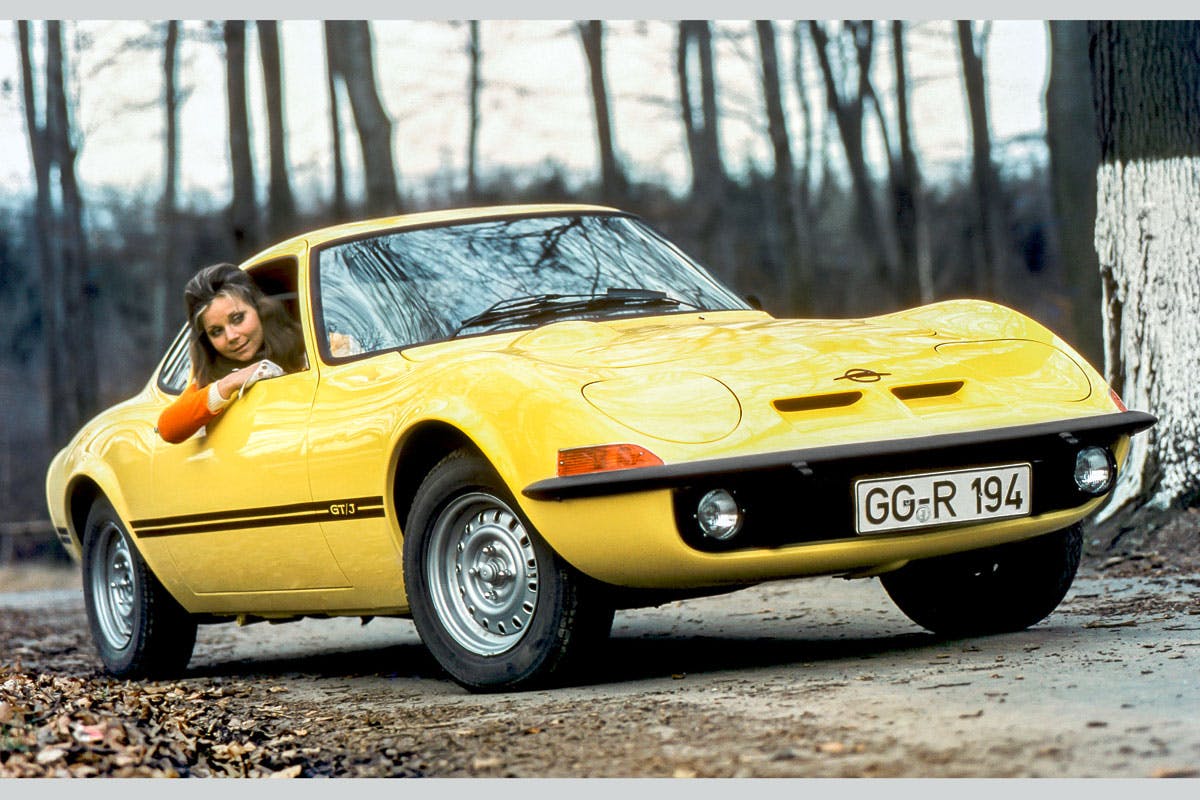
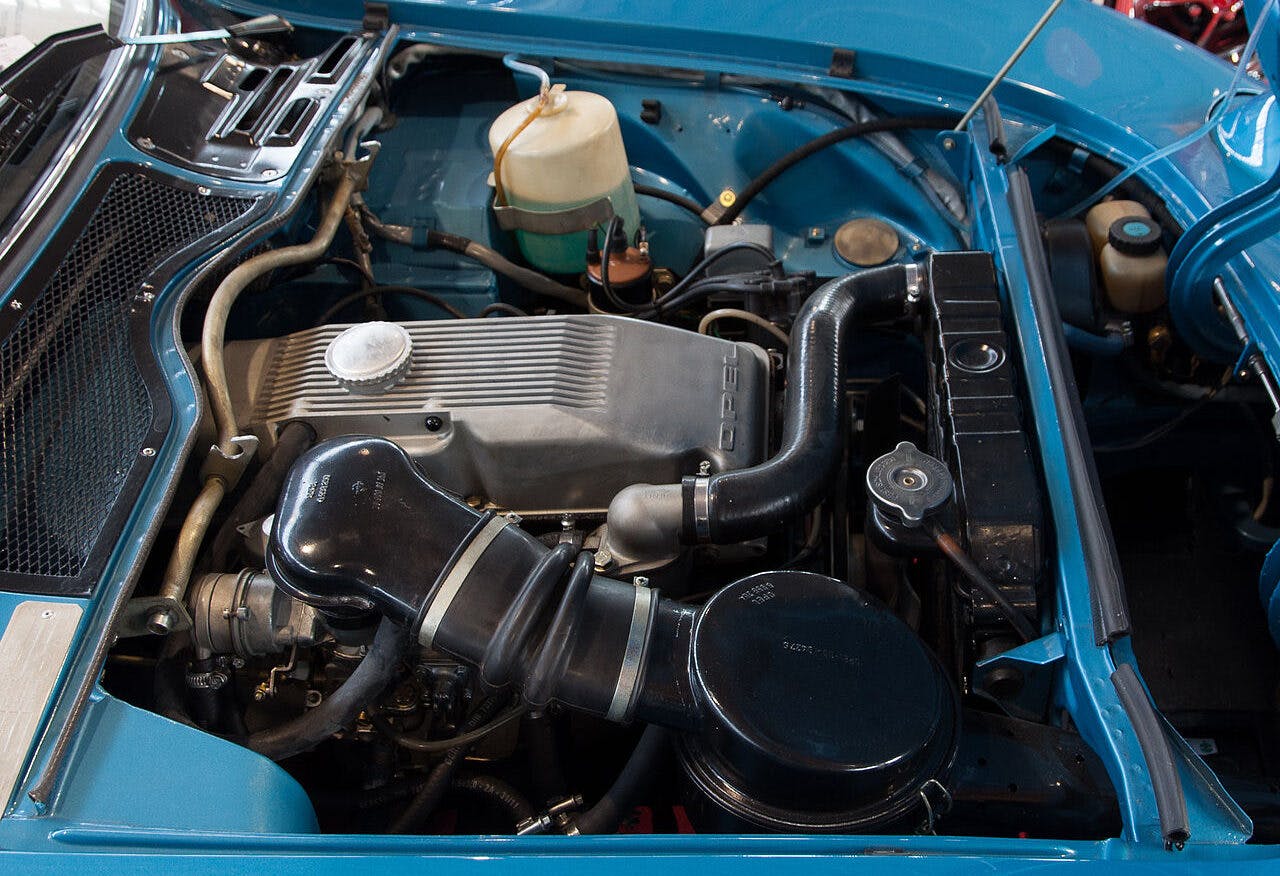
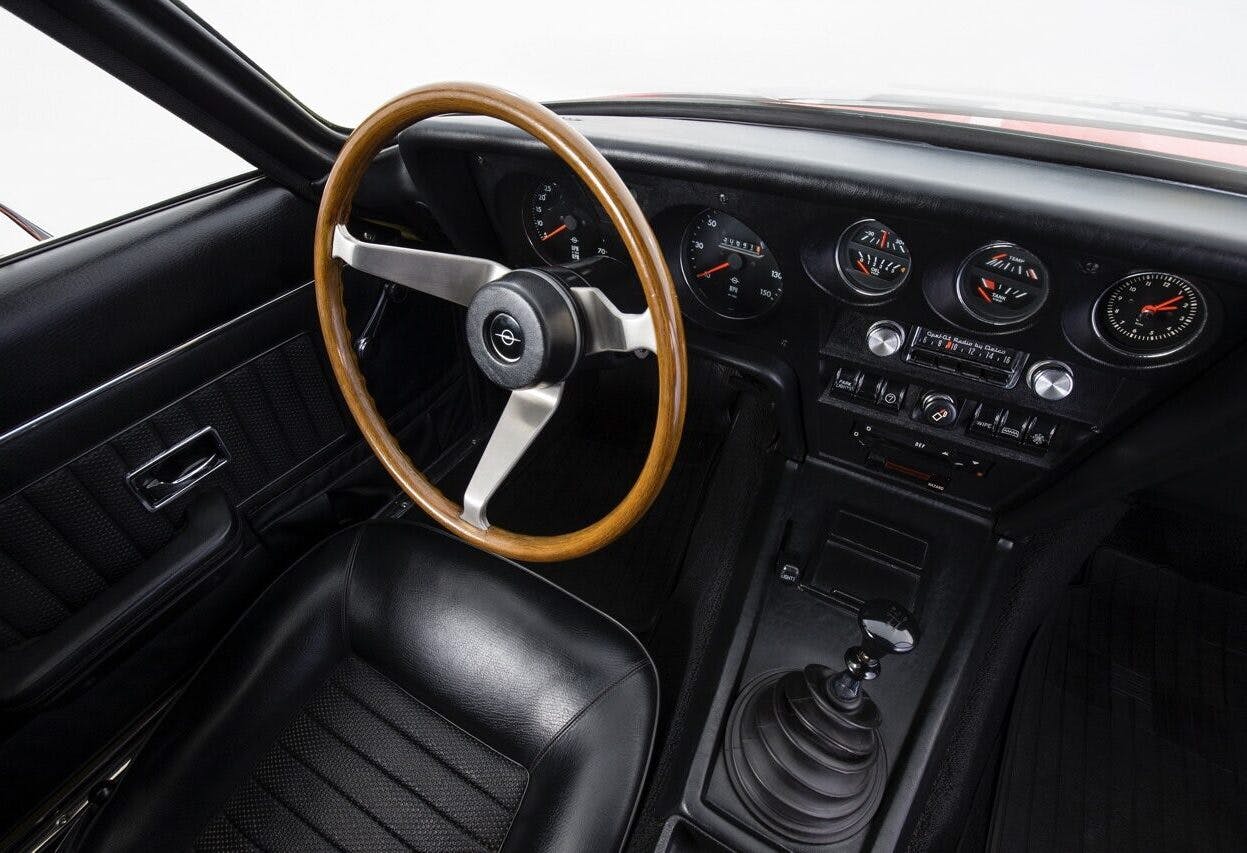

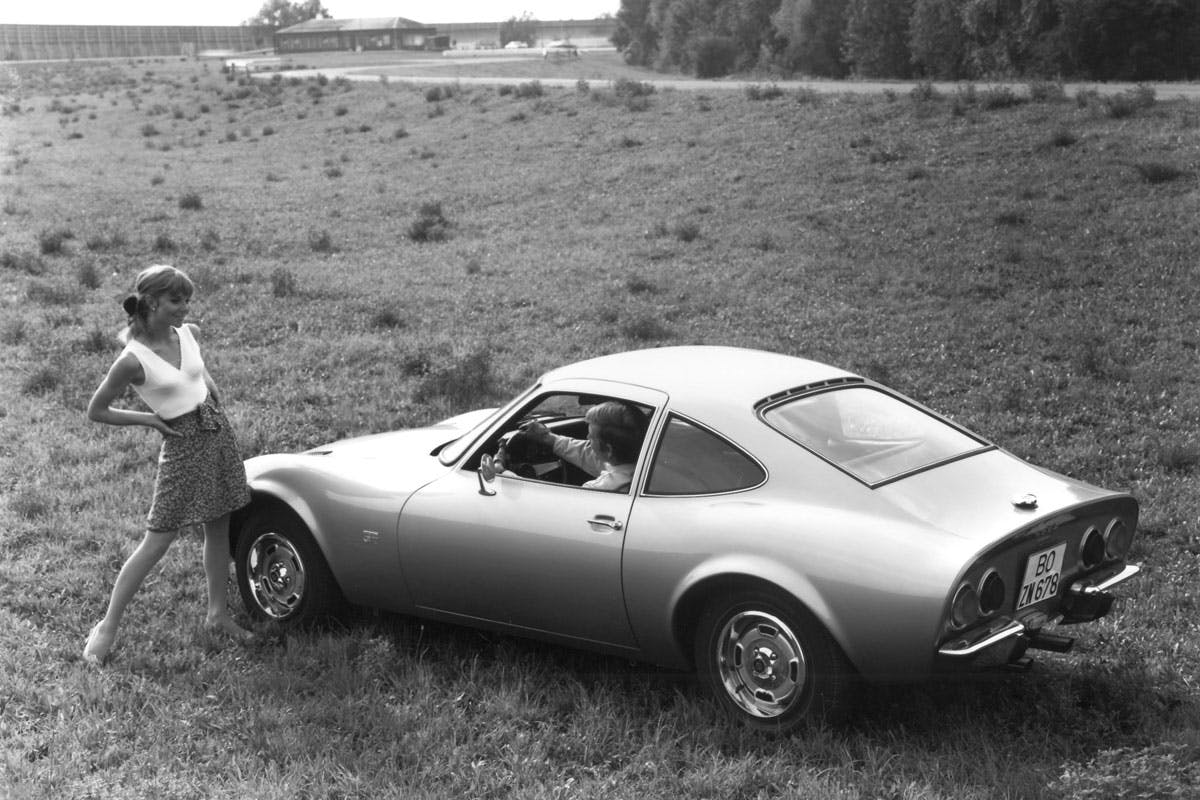
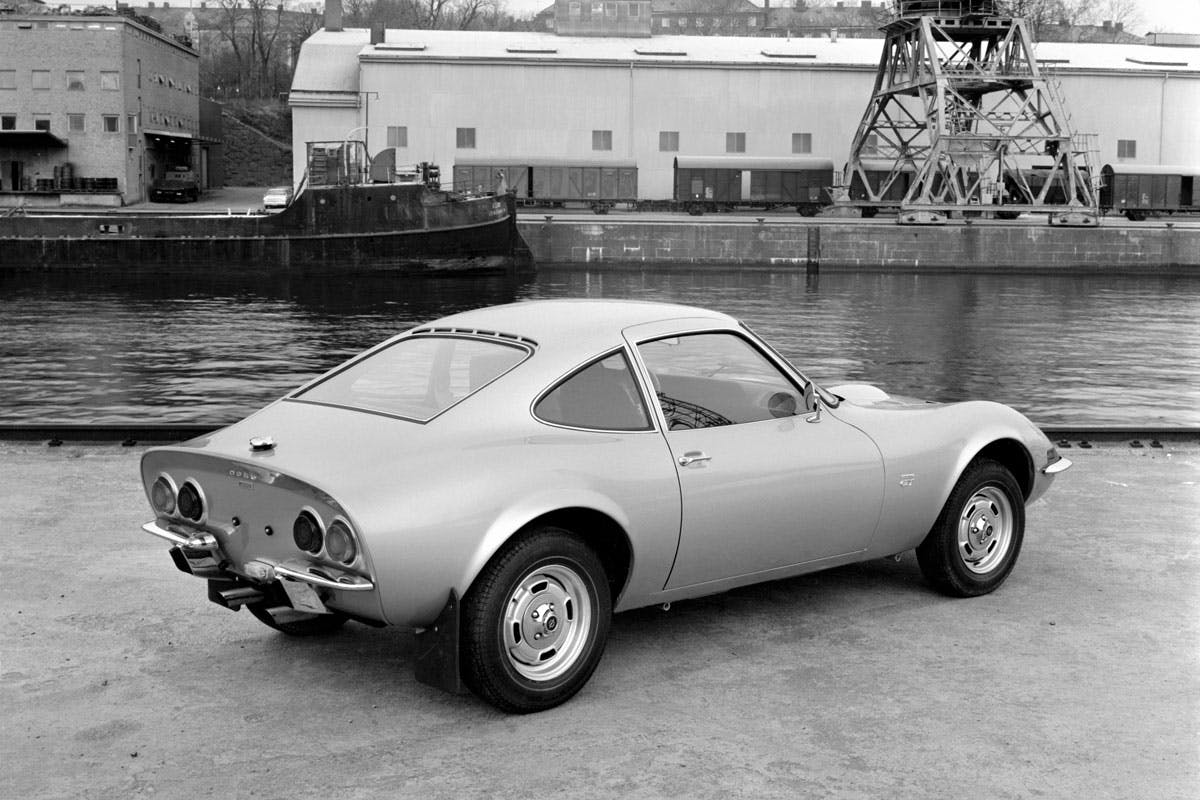


had an opel rally with the 1900. driving lights, blacked out hood, tight suspension, good mileage. HOWEVER,
over 2 years rear wheel seals failed every 3 months. NO PROBLEM – Buick replaced the seals under warranty. Then, Buick said after warranty expires – its on ME! And when I went in for service, Buick mechanics had no idea what it was or how to perform all services. Along with these problems, it had solid lifters that 20 miles after a tune-up would chatter into the interior so loud that I could not even hear the radio. Sold it right at the 2 year mark.
There are only a few Opel Gts. There are only a few antique boats. I have none for sale and don’t plan to sell any, but encourage others to collect. My estate may have other plans.
My sister had a Kadett, and it sort of killed interest in anything Opel.
It was an interesting car. I had a friend who got one and tried to restore it but he didn’t have the patience for it.
It would be interesting to see hagerty incorporate the old boats and cars.
One of my cousin’s bought one new but he didn’t keep it long because he said it was so underpowered. I thought they were very attractive little cars. My dad was a Buick man so when we took his car in for servicing I would roam around the lot and showroom looking at the new cars as high school kids used to do.
Good article. But one addition/correction, the 1900cc engine was (initially) rated at 102hp in US trim. (Had one).
A 1970 Opel GT was my first car i bought. Paid $800 for it at the beginning of 1980. It had a slightly wrecked front end that prevented the lights from flipping over. I took it a body shop for the repair. It took months for the part to “arrive from Germany”. Finally got it fixed right before school started for my senior year in HS. The car had been painted a dark blue, had mag wheels and raised letter tires. Thought i was the cats meow driving it to school. A few months later the engine blew. My shade tree mechanic buddy pulled a used Opel Manta 1900 engine from a junk yard. Put it in and it got me too and from school. Sold it the following year and bought a 1977 280Z. Thought if was driving in luxury with that car. My mom drove a 1970 Opel GT during the 1970s as well. It eventually became a 3rd car and i drove hers while i awaited mine to be fixed. Good memories. Good times with those cars.
They were nice small sporty cars, but at least in Salt Country, they rusted quickly and fatally, along with one of their bretheren small sporty cars, the Fiat 850.
However, those rusted out GTs in our local salvage yards were a great source of styled 5 x 13 wheels–many with good tires–for our early BMW 2002s, which only had 4 1/2 inch wide rims. Same bolt pattern, same wheel manufacturer and usually $5 each at the yard.
I has a GT and a Manta in the early ’80’s. The GT was unquestionably a good looking car but had two major flaws, 1) rust 2) the then new Datsun 240Z. The GT just could not compete with either one of those. I still miss my GT but don’t miss the ferrous oxide.
I first saw an Opel GT at the local Buick dealership. It was sitting in a dark corner of the showroom. I was looking for a new Buick and asked the salesman what it was. He told me it was a baby wannabe Corvette. Then he emphasized the small engine. The message was very clear to me. He didn’t like it and was trying to steer me away. It worked, never gave it a second thought and bought a new Buick. About that back seat or parcel shelf. I suspect that it is there because of German tax law at that time. German taxes were lower on a four seat car than on a two seat car. So, if it is sold as a 2+2 rather than a full fledged sports car, the taxes are lower on it. Porsche did the same thing with the 356. The back is pretty useless as far as real seating is concerned, however, it works just fine, in both cases as a carpeted parcel shelf. Although it did work fine when my kids were very young, for at least a couple of years before they out grew them.
In 1971, I was rewiring all lamps for a family returning to the US from Europe. The husband had a green GT they brought with them and shuttled me a few times in it. I was totally taken, but in a few years when I shopped for my first car, they were nowhere. We still had a Buick dealer in our little town but they were pushing the Manta by then.
In the late 1970’s was just out of high school in northern Michigan and worked as a grunt in a body shop. We always had a wreck to rebuild during the slow winter months. An Opel GT came in after sliding under the rear end of a truck in the winter. We spent all winter rebuilding it with the idea of selling it in the spring. I ended up buying it and loved every bit about it. Had it several years then sold it to pay for a semester of college (part of the sale included getting cash and a Datson 510). Wish I had either or both of those cars today!
Here’s a quote (as I remember it) from an enthusiast magazine of the day. “If you want a car that looks like a sports car, buy an Opel GT. If you want a car that drives like a sports car, buy an Opel Kadet.”
Make that a Manta.
Speaking of Opels, in the early 70’s,
When I was a kid, there was a guy in the neighborhood that had white Opel Kadett wagon with a 348 Chevy and a straight axle.
He drove by the dairy queen we were at but never stopped so we could get a look at it. One of the kids said it was some girl from schools dad.
Cool car.